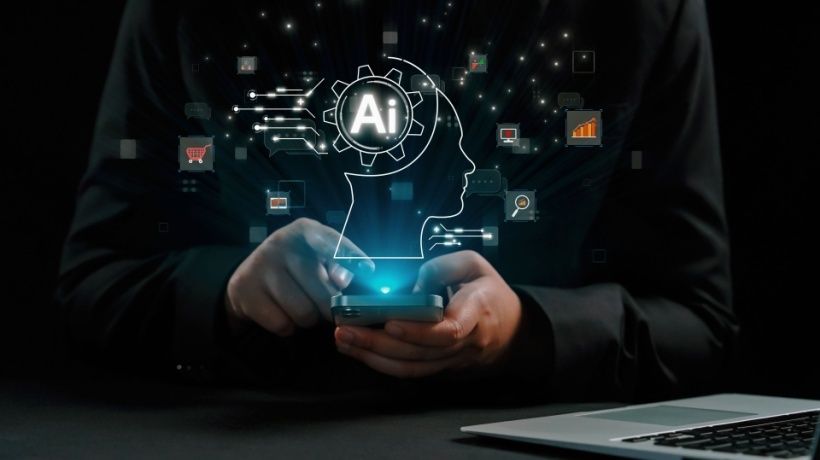Artificial Intelligence Transforms Employee Training And Operations In Restaurants
In today’s world, terms such as Artificial Intelligence (AI), Machine Learning, and Big Data are used every day. But do we really understand what these phrases mean?
What Is Artificial Intelligence?
While a picture of a robot may pop into your mind, AI is simply computers that collect a high volume of information, or Big Data. The point of collecting such data is to predict trends. Whether the goal is to prognosticate the winner of the Super Bowl or predict the next purchase an online buyer will make, Big Data is a gold mine for those looking to keep ahead of the curve, identify causes of failure, and increase sales.
How Does AI Benefit Restaurant Performance?
Many restaurants are already using AI to improve their operations, increase efficiency, and maximize profit. For example, let’s say a restaurant is collecting data that details the entire process of a drive-through order. Every step must be examined, such as when the customer drives up to the station and places their order, when the transaction is made, or the point of delivery. To increase efficiency, a number of factors are considered, such as the volume of traffic, transaction time, cash or debit, time of day, price changes to the menu, weather, and holidays. With the help of AI, restaurants can track all of these variables.
Anything that slows down a customer’s ability to make a decision should also be considered. For instance, is the menu confusing or making it difficult for customers to decide what to order? The longer it takes for a customer to decide, the longer it will take the server to complete the ordering process. By collecting corresponding data, restaurants can determine how to make their menus easier for consumers to scan, and therefore make a decision. In addition, headsets can assess how long verbal interactions take between customers and cashiers, while point-of-sale terminals (POS) can track the length of time it takes to complete a purchase.
How Does AI Improve Employee Training?
While restaurants may provide their employees with training, the actual process of improving upon the process is often deficient when the right data isn’t being collected. This is what makes AI indispensable. For instance, if the training is being facilitated through an online portal, AI can collect information on how long employees linger in the portal, how often they log on to review materials, the success rate of their quizzes, and the completion rate of certifications.
AI can also determine whether employees are watching the video lessons in one sitting or stopping part way through. If the data indicates employees are being interrupted on the job while training, adjustments can be made to make videos shorter, or a feature can be added that allows them to reopen the lesson and resume at the point where they left off.
You can also gather details such as the length of the time an employee spends on a quiz question, and which questions most employees get wrong. This type of itemized information is a crucial part of determining what should be revised in the materials and training process.
While AI can improve the overall training process for employees, measurable results from the training can also be collected. For instance, in addition to tracking the rate at which employees complete their compliance training, such as food safety and sexual harassment courses, AI can monitor whether or not violations and complaints are decreasing or increasing in the workplace.
Conclusion
Quality training is a process, not a checkbox; it plays a pivotal role in a restaurant’s success and is something that must continually be improved upon. Without collecting pertinent data, it is difficult to know what changes need to be made in the existing training. With AI, however, restaurants are positioned to collect relevant data, thereby improving their customer service, creating a better training experience for employees, and fostering a safe workplace culture.
I’m sure a lot of business owners wish they could see into the future. And while Big Data isn’t always correct in forecasting what the future holds, it can give companies an important pulse on today’s market and influence executive decisions accordingly. With the high amounts of data being captured on daily basis, organizations have a huge advantage in the marketplace like never before.









